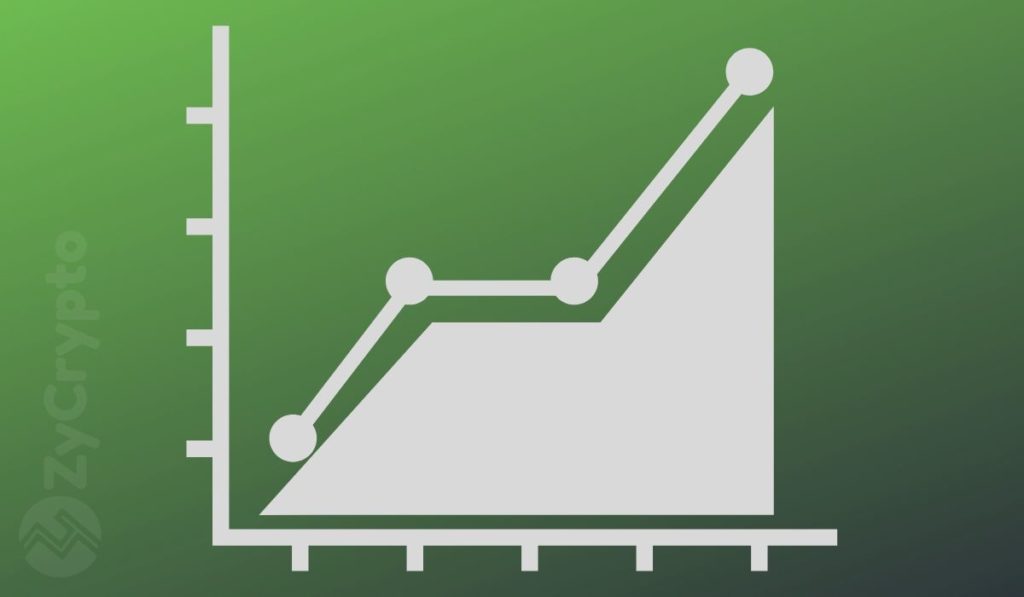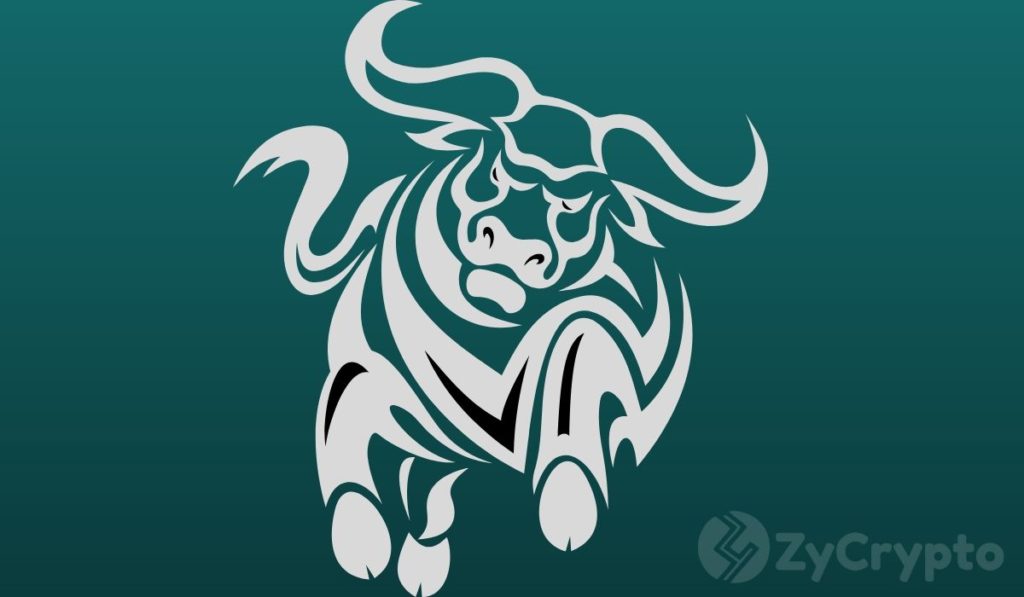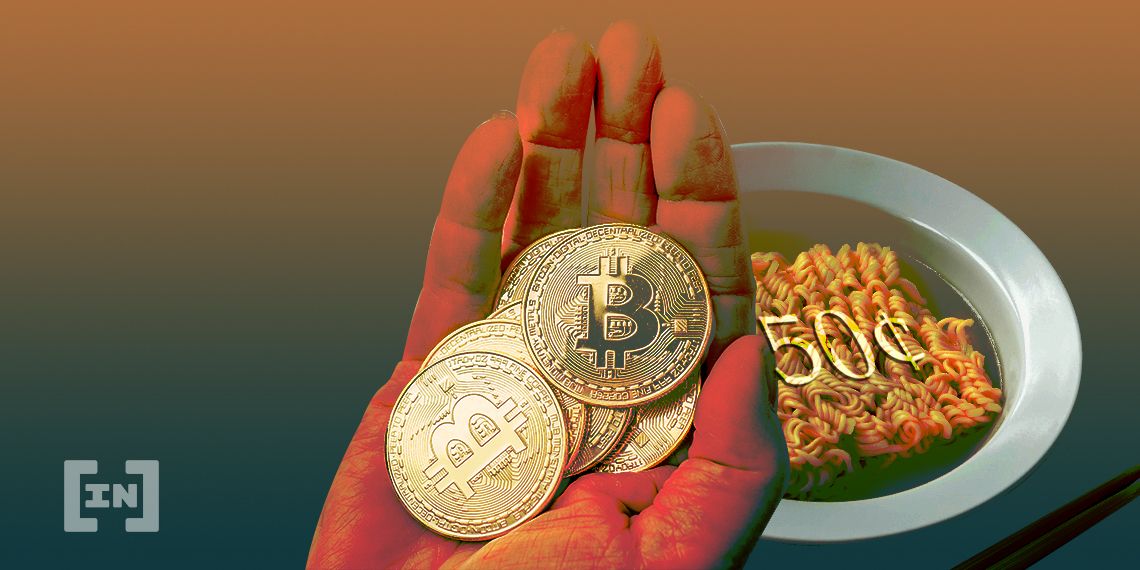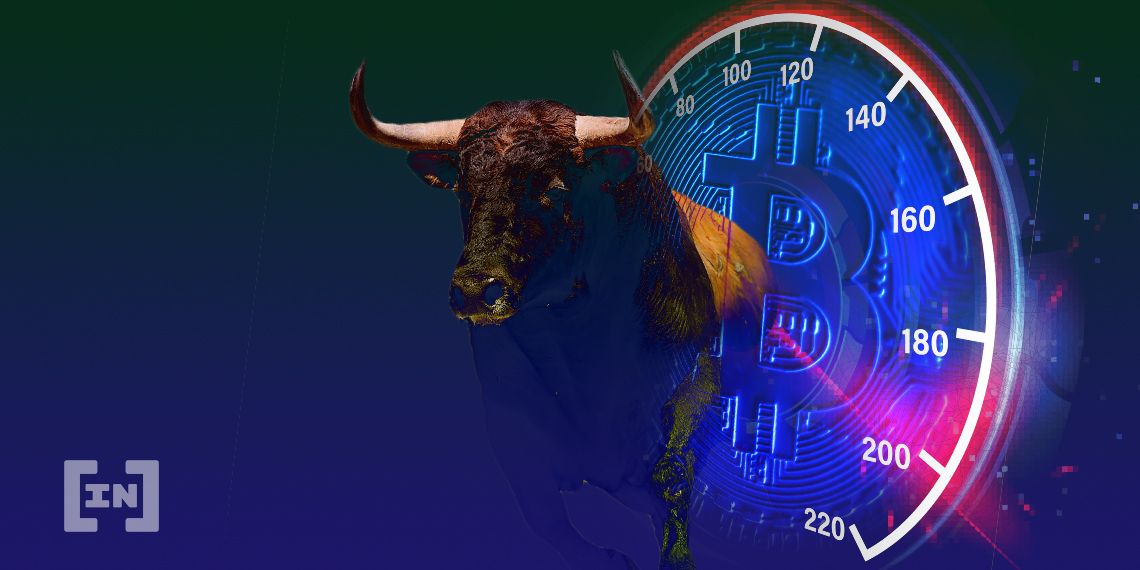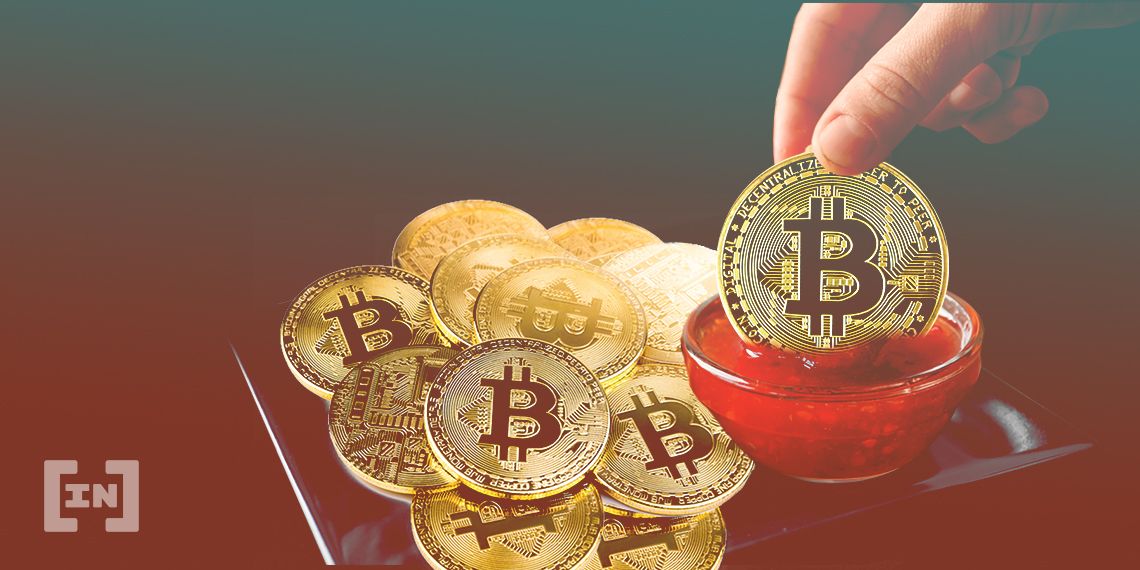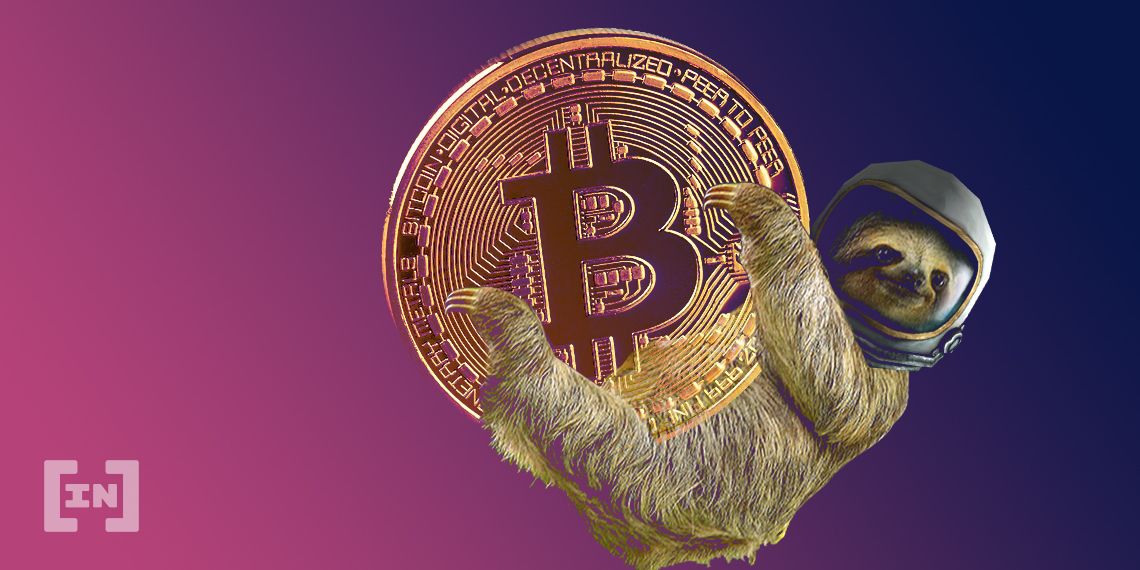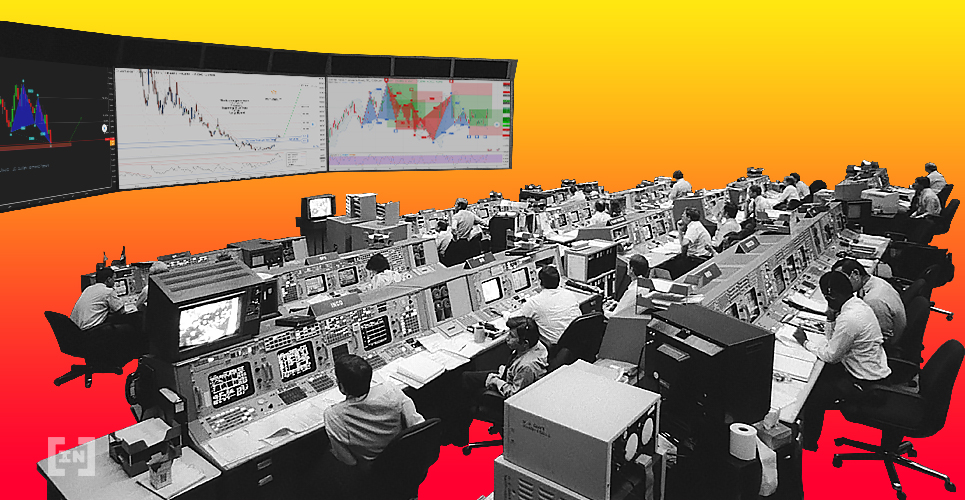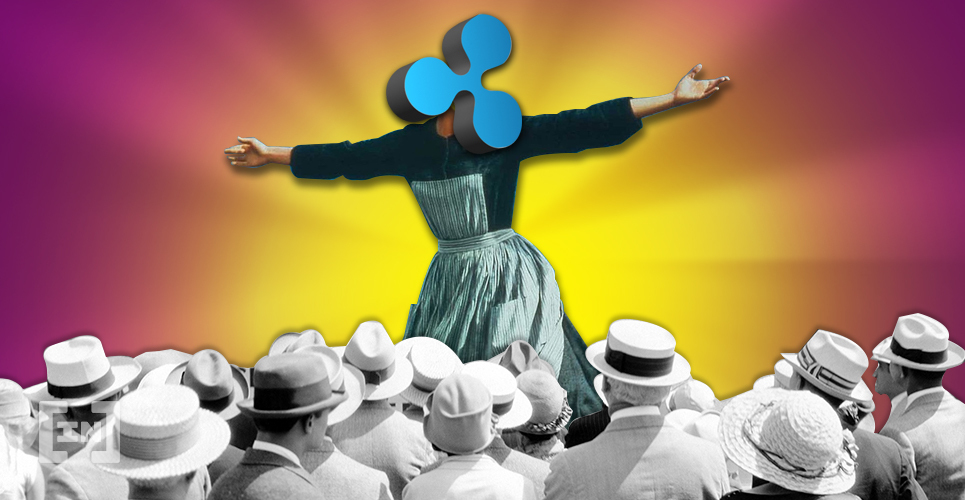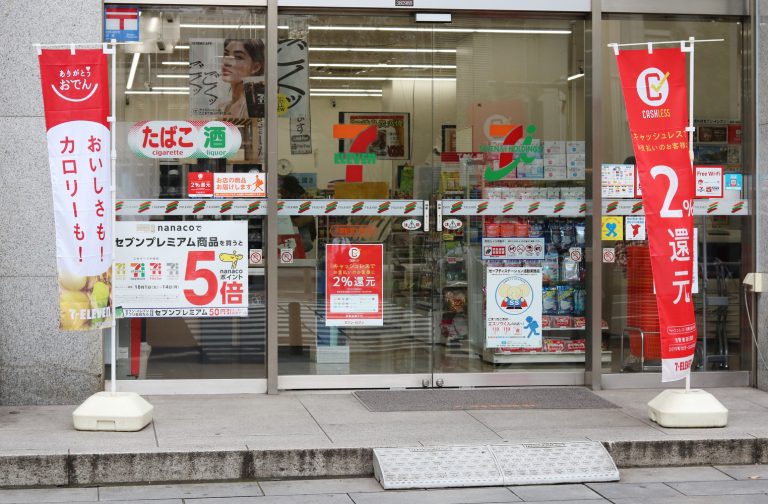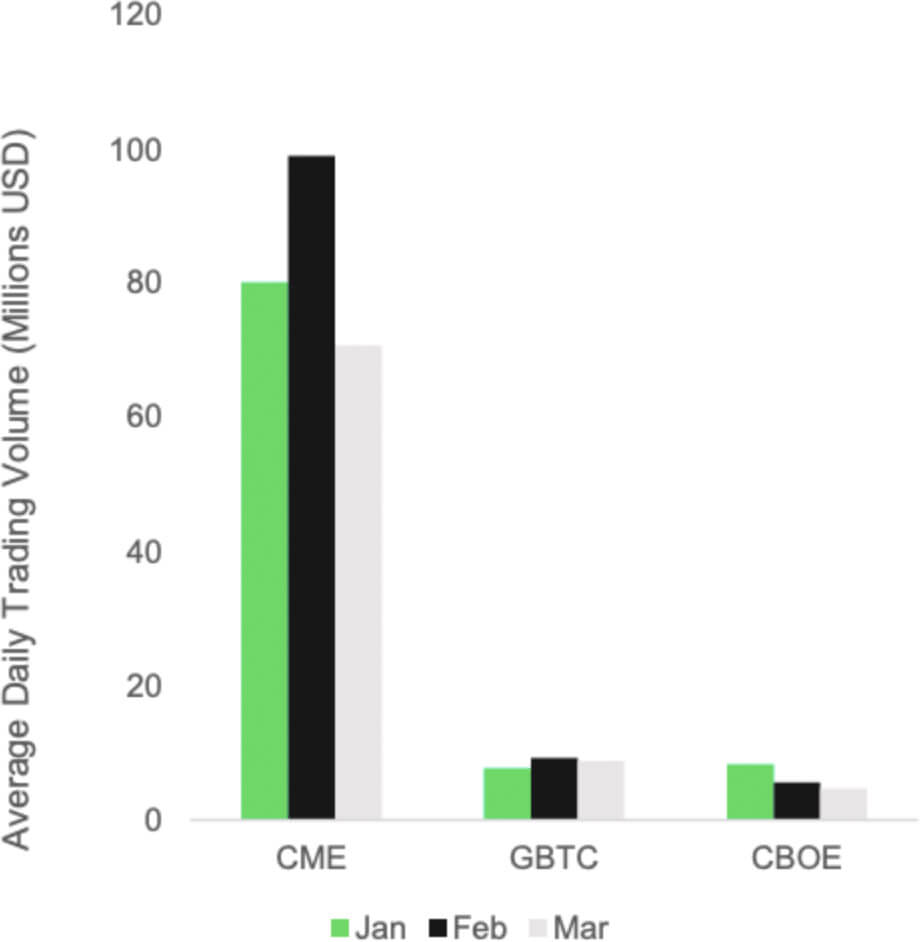2020-8-12 18:50 |
Cryptocurrency derivatives trading exceeded $2 trillion in Q2 of 2020 alone – a 2.6% increase from the previous quarter, and a 165% increase from the previous year. According to the latest data from TokenInsight, new business strategies by emerging exchanges such as Bingbon, XBG, HBTC and Phemex could push that figure even higher in the second half of 2020.
Emerging Exchanges Fashion Room for GrowthDerivatives trading still only amounts to around 27% of the volume witnessed on traditional spot trading markets. However, spot trading volume saw an 18% decrease from the previous quarter, and a 25% decrease from the same period in 2019, while the derivatives market continues to swell.
The majority of the derivatives trading currently takes place on the “big five” cryptocurrency exchanges. Huobi proved to be the most popular venue for derivatives, recording $433.4B volume in Q2 alone. Following close behind was Binance with $336.1B, OKEx at $243.2B, BitMex with $203.4B, and Bybit with $105B.
While market giants continue to dominate for the time being, emerging exchanges are carving out their own space at the table by adopting unique business strategies. Among those is Bingbon, which recorded over $30B worth of derivatives trading volume in Q2. This can be attributed to Bingbon’s compliant utilization of Circle’s USDC stablecoin in the Southeast Asian market, and the introduction of the exchange’s Copy Trading feature.
Copy Trading allows inexperienced traders to emulate more successful traders by mirroring the trades they make. Bingbon users can browse the site’s most consistently successful traders, sorting them by win rate, profitability percentage, and trading style. Social trading features such as these may become more common in the future, as exchanges attempt to ease the onboarding process for new users.
Competition Will IncreaseOther emerging exchanges have implemented business strategies intended to make themselves stand apart from the competition. ZBG exchange’s focus on user education saw the site’s visitor numbers hit 2.5 million, while the average time spent by each user on the site averaged 15 minutes. ZBG recorded over $30 billion worth of derivatives volume in Q2, suggesting its plan to “upskill” its users may be paying off.
Likewise, HBTC exchange seeks to differentiate itself by buying back units of its HBC coin from users of its platform. This effectively gives HBTC users a share in the exchange’s profits. Meanwhile, Phemex exchange is the first to introduce membership-based spot trading, where members are not required to pay transaction fees. This is thought to be a ploy to attract large-value traders who would benefit the most from the eradication of typical trading fees.
Such unique differentiating factors are helping to elevate these emerging exchanges amid a very competitive marketplace. At the same time, the lack of uniformity across such exchanges suggests more intensified competition will take place in the near future. When all exchanges eventually offer the same platter of features, according to TokenInsight, the “competitive landscape will be broken again.”
Image source: Depositphotos.com origin »Business Network Incubator (BNI) на Currencies.ru
|
|

